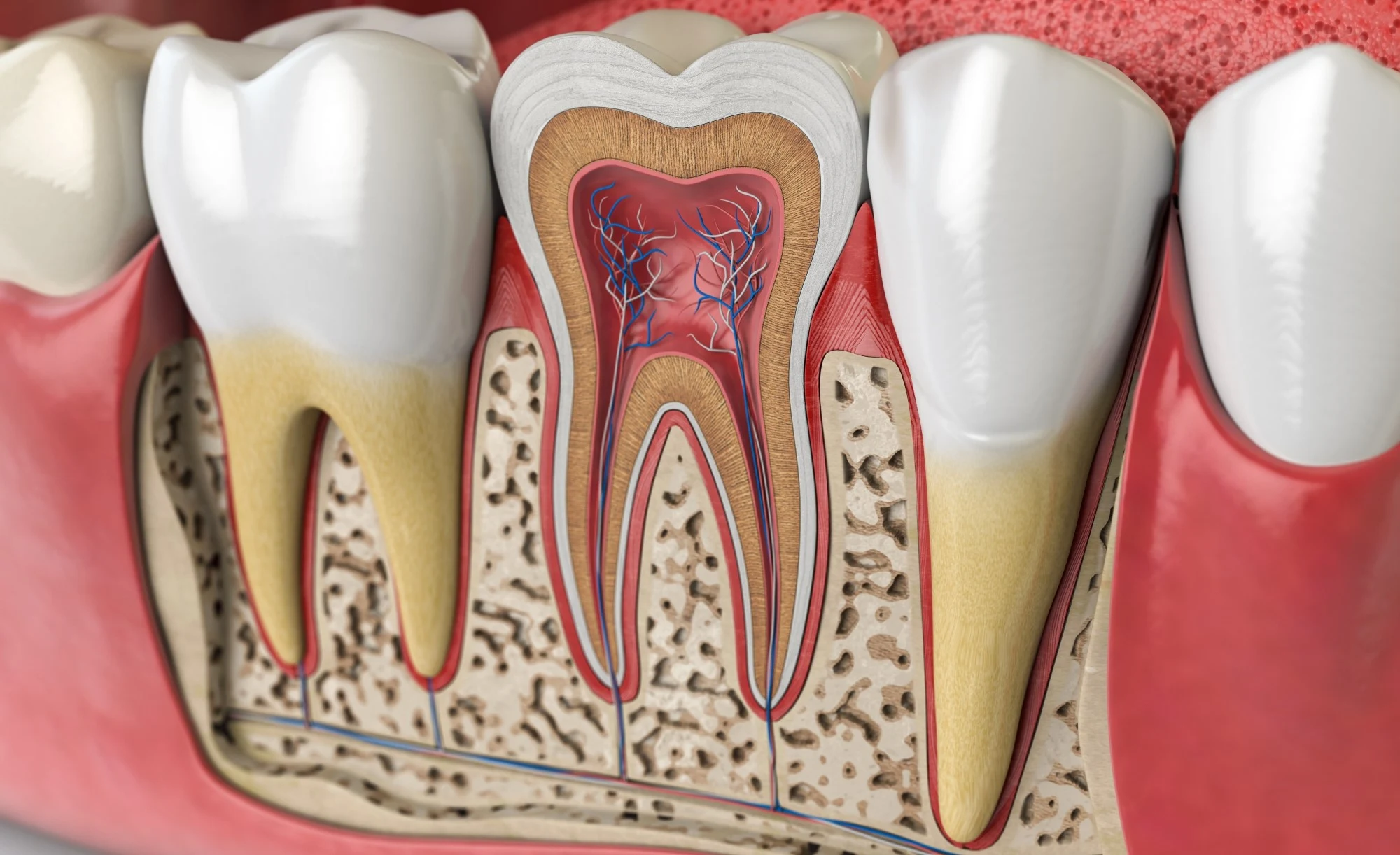
Pulpitis: Types, Symptoms, & Treatment

This blog has been reviewed and approved by Dr Robert Lee, a dental professional of 35 years
Table of Contents
Key Takeaways
- Pulpitis is an infection of dental pulp in a tooth due to oral trauma, irritation, or tooth decay.
- Pulpitis symptoms include soreness, swelling, and an increased sensitivity to hot or cold stimuli.
- Pulpitis always requires medical attention. If you notice symptoms of pulpitis, visit the dentist as soon as possible. If pulpitis is left untreated, it can become irreversible and lead to wider infections and tooth extraction.